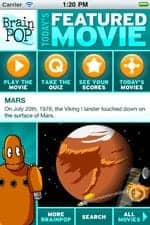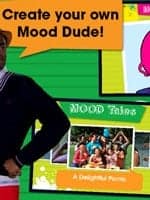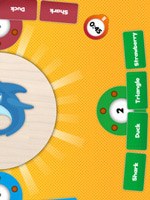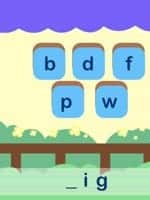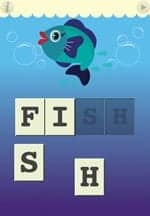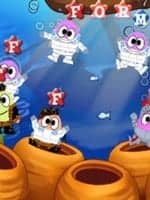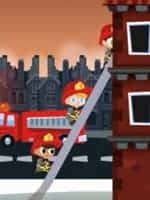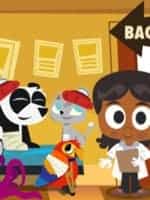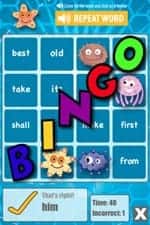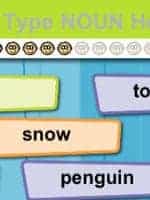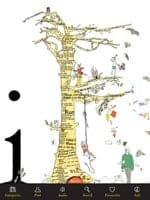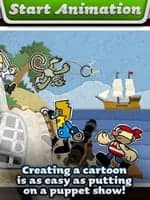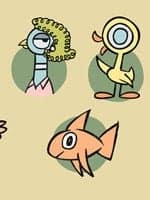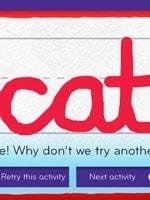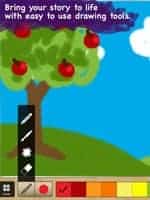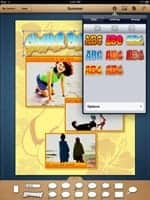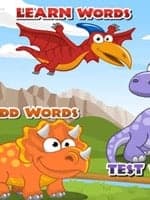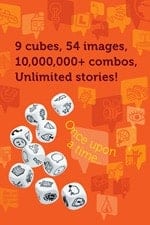Washington Post article about Finland’s Education System….good read
How GERM is infecting schools around the world
This was written by Pasi Sahlberg, author of “ Finnish Lessons: What Can the World Learn About Educational Change in Finland? and director general of Finland’s Center for International Mobility and Cooperation. He has served the Finnish government in various positions, worked for the World Bank in Washington D.C. and for the European Training Foundation in Italy as senior education specialist. Sahlberg has also advised governments internationally about education policies and reforms. He is also an adjunct professor of education at the University of Helsinki and University of Oulu. He can be reached at pasi.sahlberg@cimo.fi.
By Pasi Sahlberg
Ten years ago — against all odds — Finland was ranked as the world’s top education nation. It was strange because in Finland education is seen as a public good accessible to all free of charge without standardized testing or competitive private schools. When I look around the world, I see competition, choice, and measuring of students and teachers as the main means to improve education. This market-based global movement has put many public schools at risk in the United States and many other countries, as well. But not in Finland.

(Alex Wong/GETTY IMAGES – GETTY IMAGES) You may ask what has made Finland’s schools so extraordinary. The answer has taken many by surprise. First, the Finns have never aimed to be the best in education but rather to have good schools for all of children. In other words, equity in education comes before a ‘race to the top’ mentality in national school reforms.
Second, Finns have taken teachers and teaching seriously by requiring that all teachers must be well trained in academic universities. All teachers should enjoy professional autonomy and public trust in their work. As a consequence, teaching has been a popular career choice among young Finns for three decades now. Today the Finnish government invests 30 times more in professional development of its teachers and administrators than testing its students’ performance in schools.
Third, Finnish educators have learned systematically from other countries how to reform education and improve teaching in schools. The United States has been a special source of inspiration to Finland since John Dewey a century ago. Such American educational innovations as cooperative learning, problem-based teaching and portfolio assessment are examples of the practices invented by teachers and researchers in the United States that are now commonly found in many Finnish classrooms.
One thing that has struck me is how similar education systems are. Curricula are standardized to fit to international student tests; and students around the world study learning materials from global providers. Education reforms in different countries also follow similar patterns. So visible is this common way of improvement that I call it the Global Educational Reform Movement or GERM. It is like an epidemic that spreads and infects education systems through a virus. It travels with pundits, media and politicians. Education systems borrow policies from others and get infected. As a consequence, schools get ill, teachers don’t feel well, and kids learn less.
GERM infections have various symptoms. The first symptom is more competition within education systems. Many reformers believe that the quality of education improves when schools compete against one another. In order to compete, schools need more autonomy, and with that autonomy comes the demand for accountability. School inspections, standardized testing of students, and evaluating teacher effectiveness are consequences of market-like competition in many school reforms today. Yet when schools compete against one another, they cooperate less.
The second symptom of GERM is increased school choice. It essentially positions parents as consumers empowering them to select schools for their children from several options and thereby promotes market-style competition into the system as schools seek to attract those parents. More than two-thirds of OECD countries have increased school choice opportunities for families with the perceptions that market mechanisms in education would allow equal access to high-quality schooling for all. Increasing numbers of charter schools in the United States, secondary school academies in England, free schools in Sweden and private schools in Australia are examples of expanding school choice policies. Yet according to the OECD, nations pursuing such choice have seen both a decline in academic results and an increase in school segregation.
The third sign of GERM is stronger accountability from schools and related standardized testing of students. Just as in the market place, many believe that holding teachers and schools accountable for students’ learning will lead to improved results. Today standardized test scores are the most common way of deciding whether schools are doing a good job. Teacher effectiveness that is measured using standardized tests is a related symptom of GERM. According to the Center for Public Education, standardized testing has increased teaching to the test, narrowed curricula to prioritize reading and mathematics, and distanced teaching from the art of pedagogy to mechanistic instruction.
Healthy school systems are resistant to GERM and its inconvenient symptoms. In these countries, teaching remains an attractive career choice for young people. My niece Veera is a good example of this.
Seven years ago, when she was graduating from a high school in Helsinki, she called me and asked my advice on how to get into the teacher education program in the university where I had been working as teacher educator earlier. I told her that as a straight-A graduate, she should feel comfortable with the entrance examination and be herself in the interview.
In Finland primary school teacher education is a master’s level academic research-based degree similar to degrees in law, economics or medicine. She read required books, took the exam and was invited to the final interview where only the top candidates were selected. A month later, she called me in tears and told me she was not accepted. I asked her what was the toughest question in the interview. She said: “Why do you want to become a teacher when you could become a lawyer or doctor instead?”
Afterwards she wrote me a letter about her interest in teaching. This is what she wrote: “First is the internal drive to help people to discover their strengths and talents, but also to realize their weaknesses and incompleteness. I want to be a teacher because I want to make a difference in children’s lives and for this country. My work with children has always been based on love and care, being gentle and creating personal relations with those with whom I work. This is the only way that I can think will give me fulfillment in my life.”
The following spring she applied again. She was accepted from a ten-fold number of applicants and she recently earned her master’s degree as a primary school teacher. If the Finnish education system had been infected by GERM like many other countries, Veera and many of her peers would never have chosen teaching as their life career.
Addressing pandemic disinterest in the teaching profession with Teach for America and Teach First programs may be a solution to local shortcomings but will not cure the systemic infections that cause current educational underperformance in many countries. We should instead restore the fundamental meaning and values of school education. Without public schools, our nations and communities are poorly equipped to value humanity, equality and democracy. I think we should not educate children to be similar according to a standardized metric but help them to discover their own talents and teach them to be different from one another. Diversity is richness in humanity and a condition for innovation.
A growing number of students in Korea and Japan are taking their own lives because they can’t take the pressure by the adults anymore. Recent suicides of two 14-year-old Kenyan schoolgirls, Mercy Chebet and Sylvia Wanjiku, add a sad chapter in the book of the victims of GERM.
We must stop the GERM that puts such a pressure on children in schools through competition, choice, and accountability. Choosing collaboration, equity and trust-based responsibility as the main drivers in education reforms enhance immunity of our school systems to stop GERM and have good school for all children.




